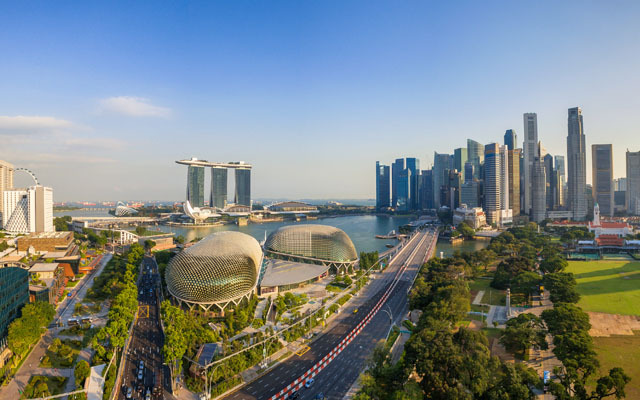
Instead of working in silos, large-scale venues in Singapore have gone beyond selling floor space and are working together with the community to spread economic benefits around.
For instance, Marina Bay Sands (MBS) has moved away from traditional venue thinking, which is just about selling space, to build richer experiences for delegates and visitors to the integrated resort. This is how its Bay Precinct Strategy was born.

Paul Town, chief operating officer, MBS, elaborated at the recent Singapore MICE Forum: “If we have an event with 8,000 people, we are unable to accommodate them all in our rooms alone. This is why we’ve partnered with other hotels (such as Swissotel The Stamford, and Pan Pacific Singapore) in the Marina Bay area.”
Town added that it was not just about partnering with hotels, but also with attractions in the area such as Gardens by the Bay, and the National Gallery, to “build a much richer” pre- or post-event experience.
“It’s not about keeping the delegates on the property anymore; we want to provide a broader Singapore experience,” he added.
This is why MBS has also built a calendar around six to eight signature festivals that revolve around F&B, music, art, wellness, and retail and fashion, which delegates can enjoy after a day of business events.
Constellar’s group CEO, Chua Wee Phong, agreed that the Singapore Expo, a large-scale venue the company manages, has had to go beyond selling space and instead, rethink how its clients – who are event organisers – can deliver immersive experiences to their customers in turn.
“We created the Singapore Expo Advantage Program, bringing together our expansive network of partners, service providers and suppliers, to provide a one-stop service for event organisers looking to host event experiences at our venue. Through this programme, our clients can access a diverse range of travel, accommodation, media partnerships, event support and lifestyle activities to design bespoke experiences for their attendees,” revealed Chua.
However, Chua pointed out that the entire business events industry should rethink the way it delivers experiences, and not just large-scale venues. “There is a lot more we can do as a community to harness collective strengths across the value chain, building a stronger brand for Singapore as a global MICE destination.”
Singapore Tourism Board (STB) is also doing its part to attract more large-scale events to the city, acknowledging that the spill-over of large-scale events benefits many more segments of the tourism community.
Edward Koh, executive director, conventions, meetings & incentive travel, added: “We continue to enhance the supply and discoverability of our leisure offerings that international MICE travellers can enjoy as part of their itinerary.”
For instance, business travellers on short visits can redeem a complimentary leisure experience under SingapoRewards, STB’s tourism incentive programme which offers a range of activities such as tours and workshops by local tourism businesses.
“We have also enhanced other assistance schemes and incentives offered to MICE groups and event organisers to provide them with more avenues to experience Singapore alongside their business engagements. One example is the In Singapore Incentives & Rewards Global 2.0 programme, which offers close to 80 experiences at various attractions, dining and leisure activities.”
In 2019, Singapore’s business events sector contributed an economic value-add of S$3.8 billion (US$2.8 billion) and supported more than 34,000 jobs before the disruption caused by the pandemic.




















